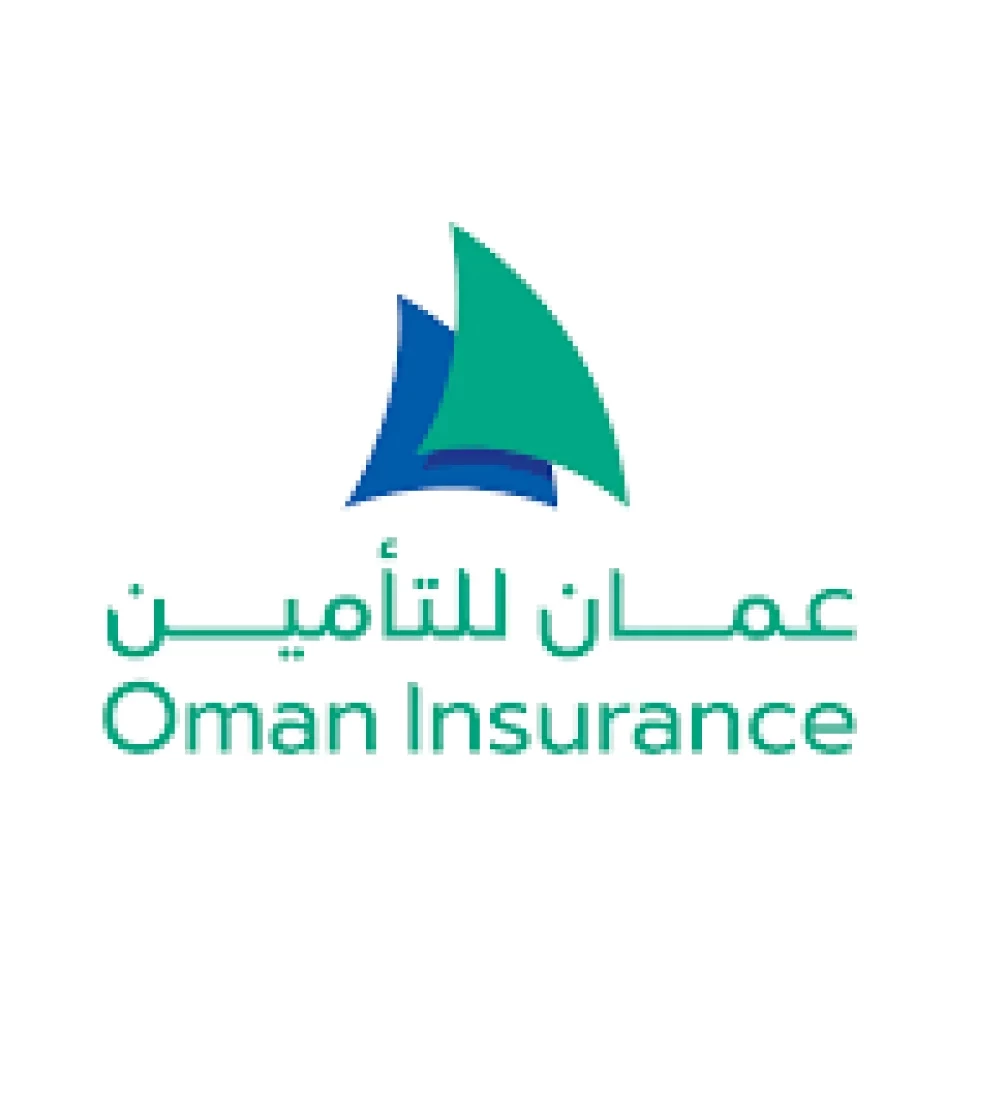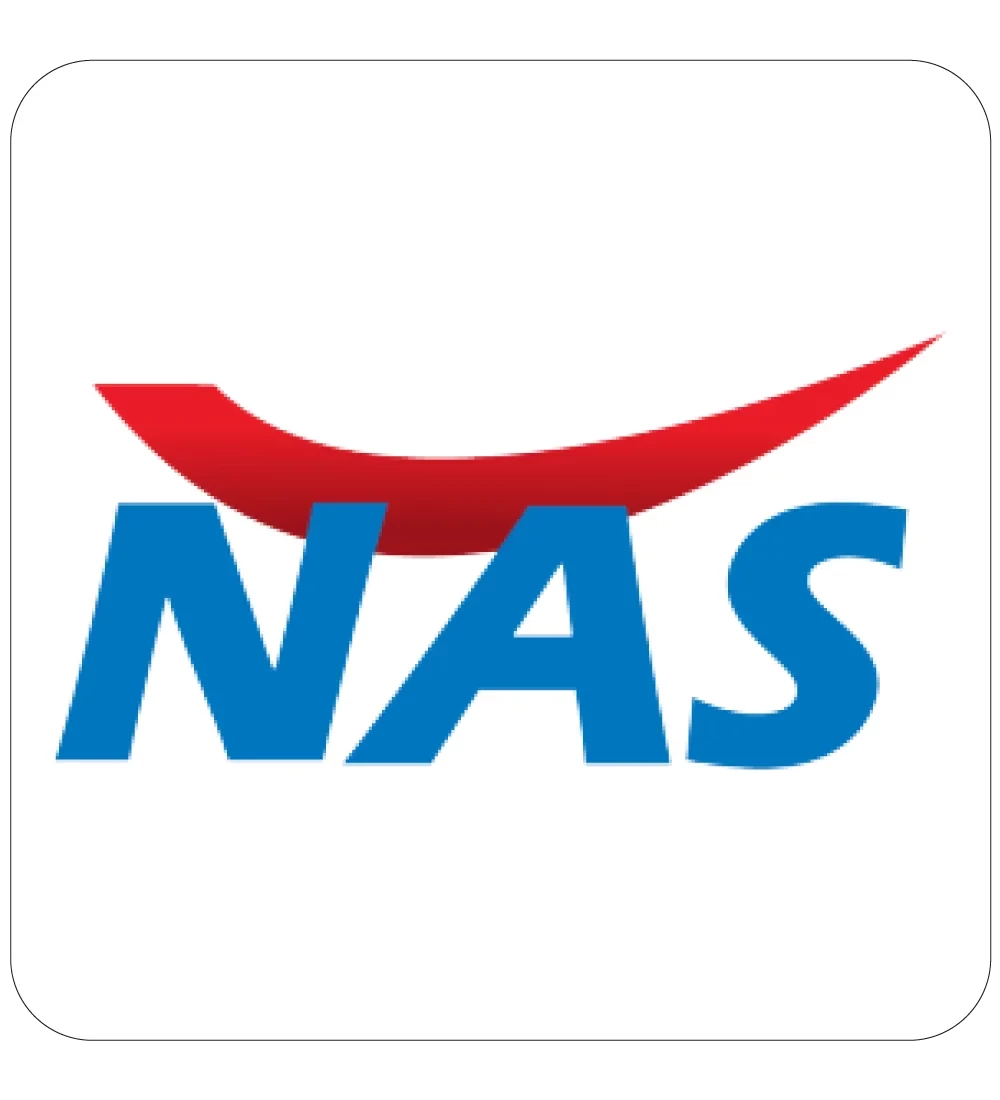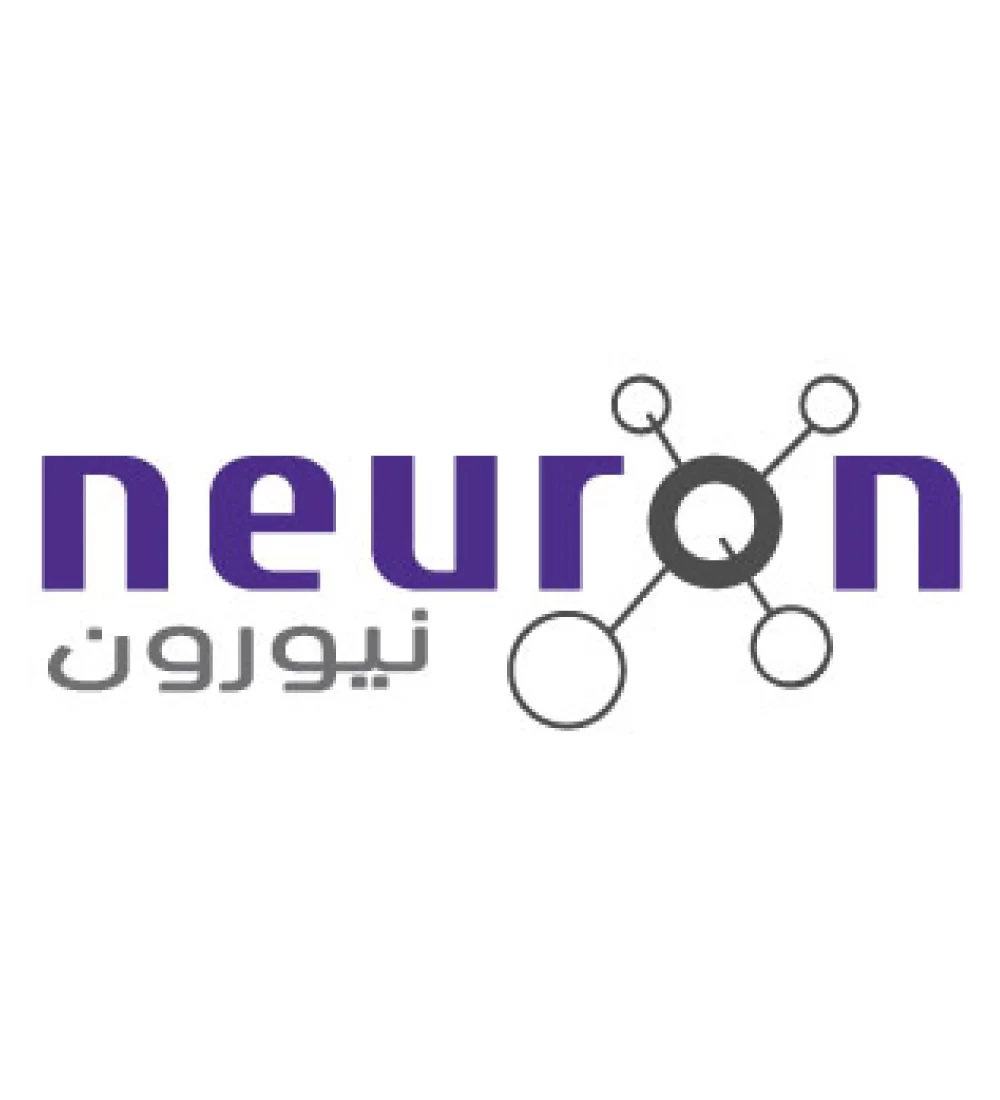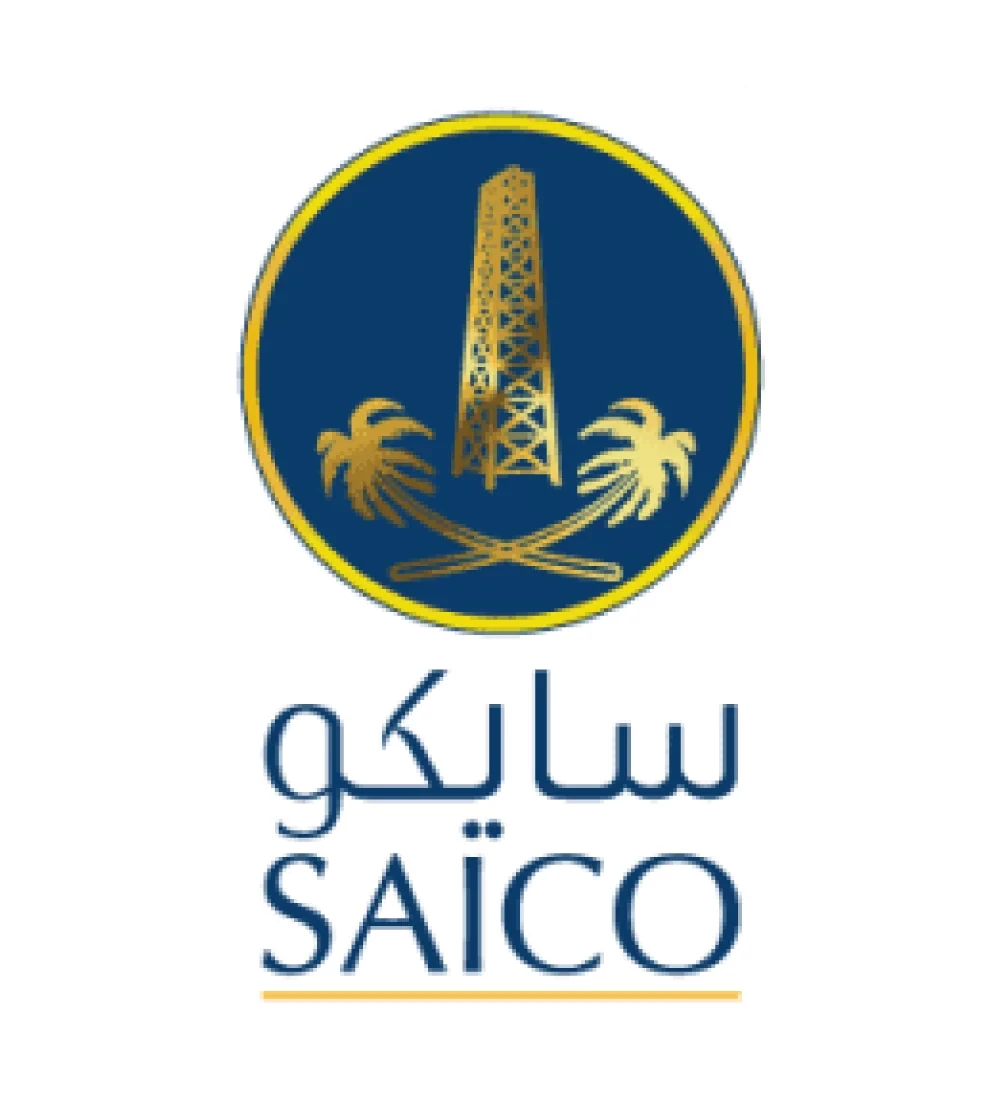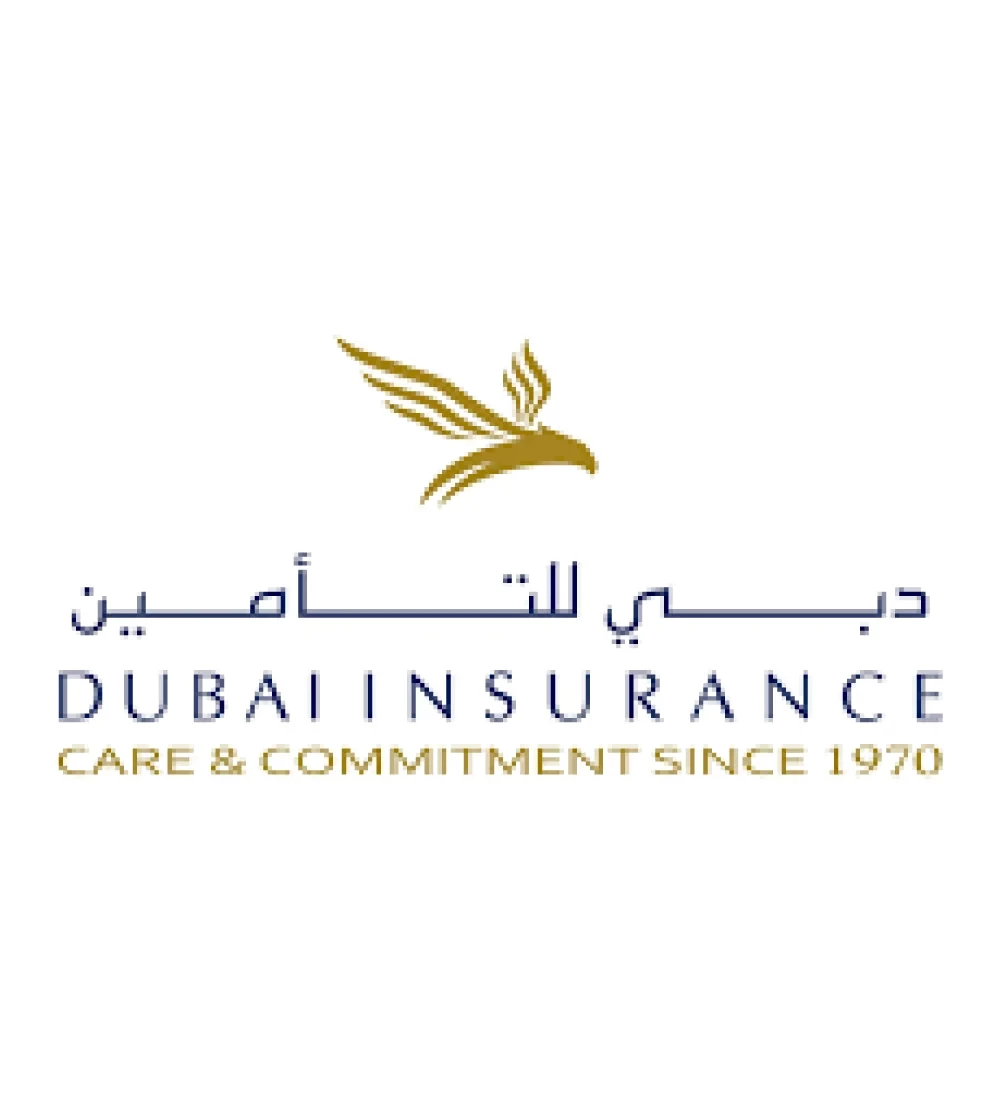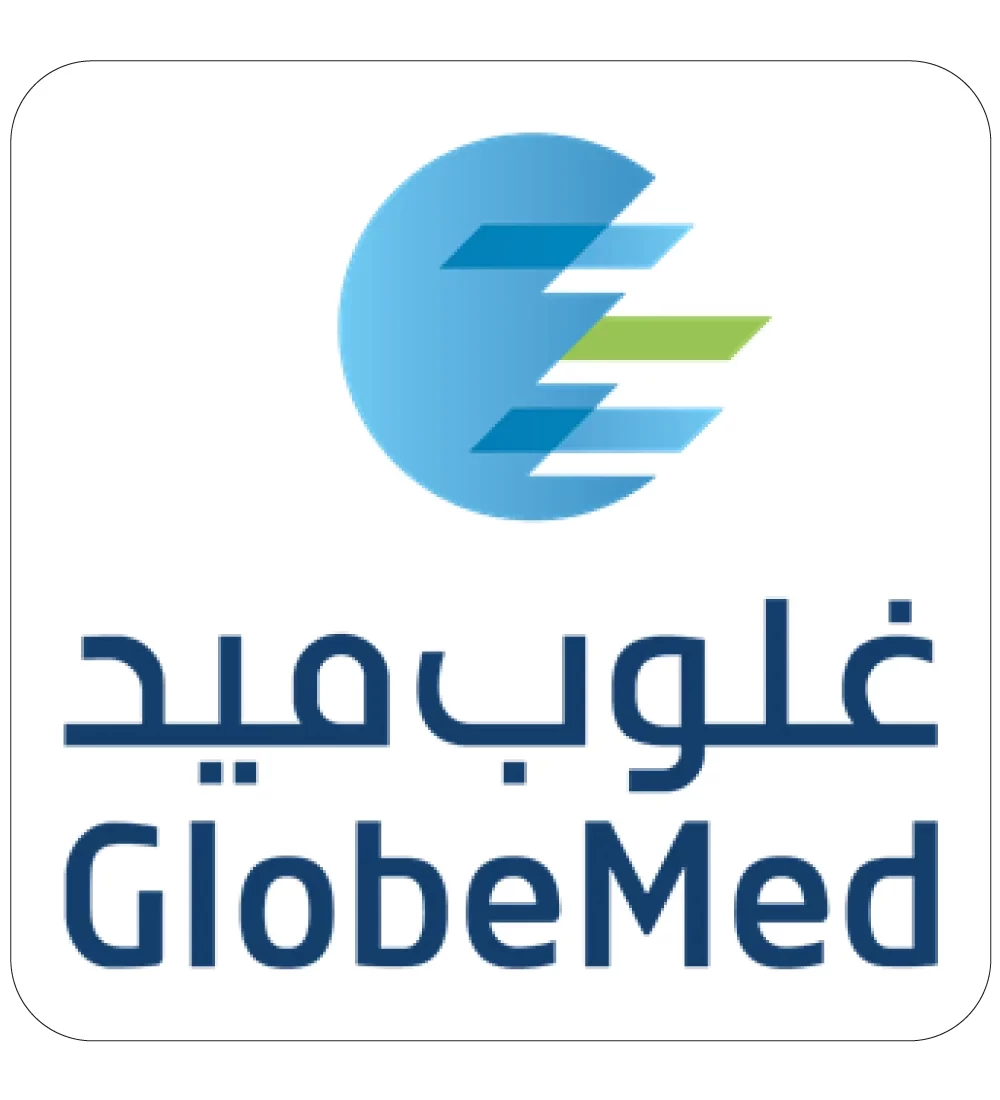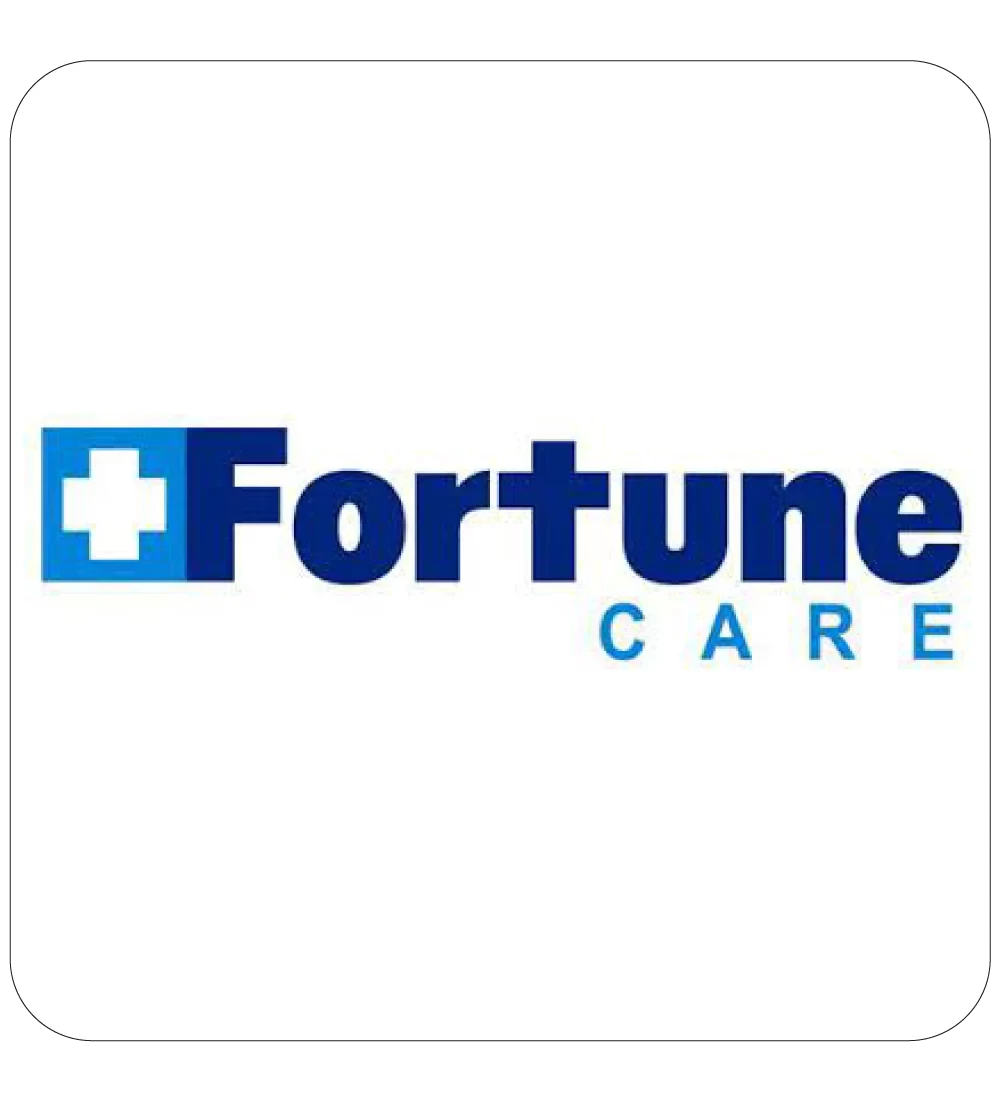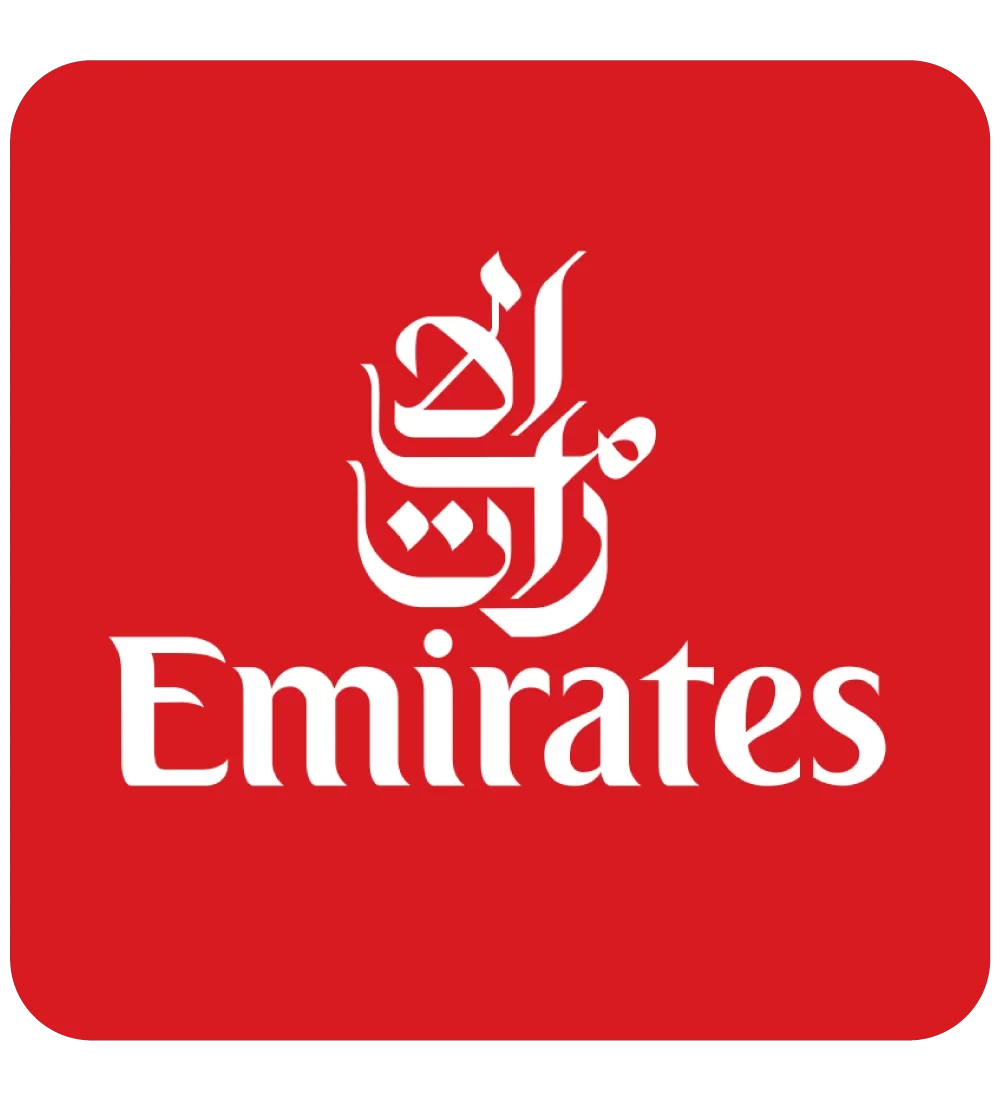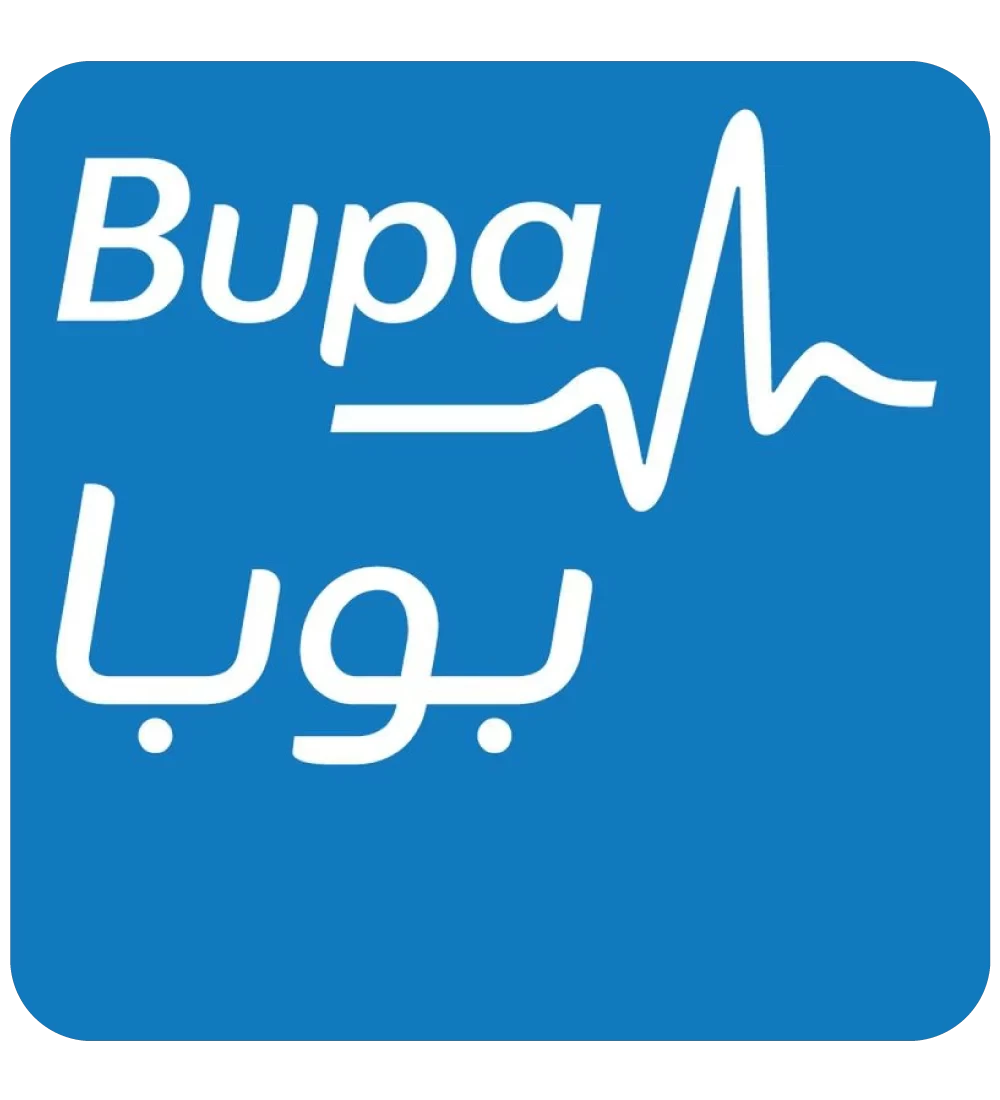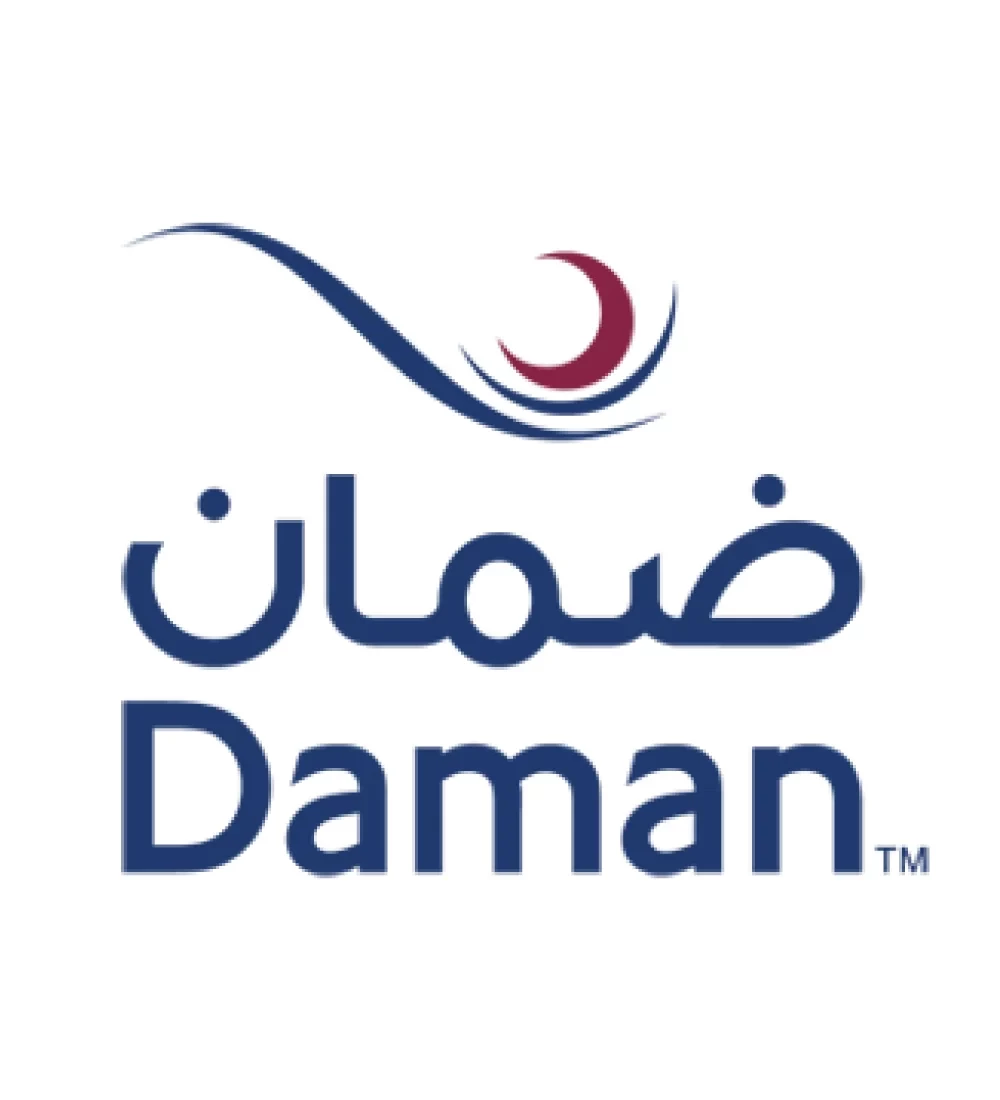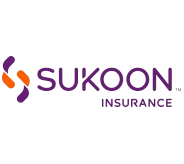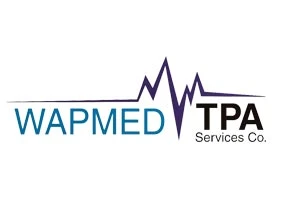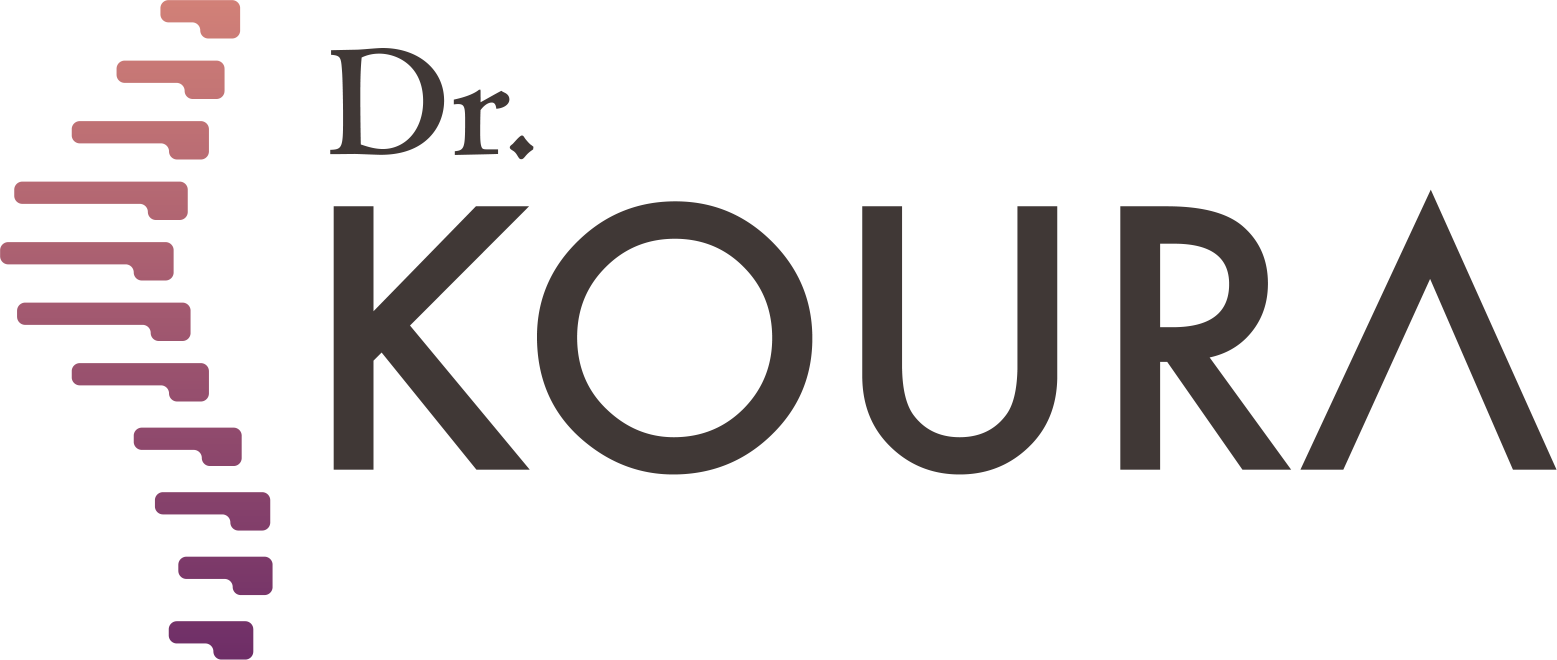
To see patients' reviews
Click hereThe best center for non-surgical cartilage treatment


In modern medicine, the non-surgical treatment of spinal and joint problems is considered one of the most significant innovations, offering effective solutions for back and neck pain. Dr. Mohamed Koura’s Center is among the leading specialized centers in this field, providing the latest interventional techniques to treat spinal and joint pain. The center is distinguished by its excellent reputation and extensive expertise in treating health issues related to the spine, including herniated discs between the fourth and fifth vertebrae, which is one of the most common conditions.
Dr. Mohamed Koura’s Center is known for offering some of the best available treatments for spinal disc problems. The medical team uses the latest technologies to provide effective and personalized care for each individual case. The center offers advanced services, including top-notch treatments for herniated discs and provides comprehensive solutions for lumbar vertebrae and related problems. If you’re seeking the best treatment for spinal issues without surgery, Dr. Mohamed Koura’s Center is the ideal choice for you.
Understanding Herniated Discs and Their Treatment Options
A herniated disc occurs when the cartilage, made up of a gelatinous material surrounded by a fibrous ring, is damaged. This cartilage separates the bony vertebrae in the spine and acts as a shock absorber. Due to certain factors, the fibrous ring may develop a lateral tear, causing the gelatinous material to slip and press on the nerve fibers located within the spinal canal.
This pressure on the nerves leads to either sharp or chronic pain, which may spread to different parts of the body depending on the location of the herniation. For example, if the herniation occurs in the thoracic vertebrae, the pain may spread to the shoulders, while if it occurs in the lumbar vertebrae, the pain may radiate down the legs and feet.
Treatment options for herniated discs range from surgical interventions to conservative treatments, depending on the results of the patient’s diagnosis. Many patients visit top non-surgical disc treatment centers for necessary exams and accurate diagnoses to ensure they receive the most suitable treatment for their condition.
Diagnostic Methods and Evaluations
At Dr. Mohamed Koura’s Center, the diagnosis of herniated discs begins with precise tests to determine the severity of the disc herniation and its impact on the surrounding nerves. The diagnostic process includes:
-
Clinical Examination: The clinical examination is an essential step in diagnosing herniated discs. During this phase, the doctor carefully examines the area of injury to pinpoint the location and spread of the pain, helping to understand how the disc affects the surrounding tissues.
-
Imaging Examination: After the clinical exam, an imaging test using ultrasound is performed to provide a detailed picture of the herniated disc and assess its effect on the surrounding nerves. This test helps to determine the level of damage and provides accurate insights into the condition.
Based on the test results, the doctor will choose the most suitable treatment method for the patient to ensure the best outcome without surgery.
Herniated Disc Treatment Methods
There are various methods to treat herniated discs, and the approach depends on the individual case and the doctor’s recommendations. Some advanced non-surgical techniques include:
-
Endoscopic Spinal Canal Treatment: Using endoscopy in the spinal canal is an advanced technique for treating herniated discs. During this procedure, a thin tube with a small camera is inserted through a small incision in the skin, allowing the doctor to view the spinal canal clearly. With precise tools, the doctor can remove a portion of the herniated disc that is pressing on the nerves, helping relieve pain and improve movement.
-
Radiofrequency Ablation: Radiofrequency ablation uses high-frequency electric currents to heat the tissues surrounding the herniated disc. This treatment helps shrink the herniated disc and reduce pressure on the nerves. It’s an effective technique for pain relief and improving spinal function without requiring traditional surgery.
-
Nerve Root Injection: In this method, pain-relieving and anti-inflammatory medications are injected directly into the affected nerve roots. This treatment helps alleviate pain and reduce inflammation around the herniated disc. It is particularly useful in managing pain and improving mobility and is preferred in cases where non-surgical intervention is needed.
-
Minimally Invasive Endoscopic Surgery: Minimally invasive endoscopic surgery is one of the most recent methods for treating herniated discs. A small incision is made to insert the endoscope, which contains precise surgical tools. This allows the doctor to see the internal areas of the spine clearly and make fine adjustments to the disc without the need for major surgery. This method is an excellent option for reducing pain and speeding up the recovery process.
These techniques are effective options for treating herniated discs and improving the patient’s quality of life without requiring traditional surgery.
Benefits of Advanced Herniated Disc Treatment Techniques
These advanced herniated disc treatment techniques are effective alternatives to traditional surgery, offering innovative solutions to alleviate pain and promote healing. Using technologies like endoscopic spinal canal treatment, radiofrequency ablation, nerve root injections, and minimally invasive endoscopy, doctors can precisely and efficiently address the issue while minimizing the need for large surgical incisions. These methods allow patients to regain mobility and improve their quality of life faster, with fewer risks associated with major surgeries. Additionally, these techniques provide diverse options for managing herniated disc cases, making them suitable for the varied needs and preferences of different patients.
In conclusion, these modern methods for treating herniated discs, such as endoscopic spinal canal treatment, radiofrequency ablation, and nerve root injections, represent a promising alternative to conventional surgery. They offer effective pain relief and enhanced healing while helping patients avoid the risks and recovery time associated with traditional surgical procedures.
Dr. Mohamed Koura is here to assist you using the latest therapeutic techniques, including thermal radiofrequency and laser treatments for spinal pain without surgery—book your appointment now from here.
Why Choose Dr. Mohamed Koura ?
Simply because he is the best doctor in his feild. He stays updated on the latest treatment technologies through his participation in various international conferences with leading foreign doctors and experts. Finally, and most importantly, Dr. Mohamed Koura is the best doctor in Egypt and the Arab world, possessing 12 non-surgical techniques for treating spinal and joint problems. He was the first to introduce modern interventional treatment techniques in Egypt & the Middle East and is the only one using the disc fx technique to treat spinal pain.
To see patients' reviews
Click hereCertainly not, some cases must be treated surgically, and the most appropriate technique for the patient is determined through a medical examination and the presence of imaging studies.
No, it is necessary to make a reservation through a phone call or social media messages.
There are no risks or side effects associated with non-surgical pain interventions.
The patient needs only 3 to 4 days before they can travel comfortably, and the hospital stay does not exceed 6 to 8 hours.
A condition cannot be accurately assessed and a proper medical diagnosis made without a medical examination and recent imaging studies.
Yes, there are several payment methods available through Visa or electronic wallets by making a reservation on our website.
Certainly, obesity is one of the causes of knee osteoarthritis.
Radiofrequency activates the nerve and does not cause any damage to it.
Non-surgical interventions are a definitive treatment for some cases and pain relievers for other cases, which is determined by the doctor through a medical examination.
If the herniated disc is fully treated, there is a possibility of it reoccurring in some cases, such as not following the doctor's prescribed instructions after the intervention, experiencing an accident, or making a sudden wrong movement like lifting heavy objects.
The entire disc is not removed due to the presence of several risks and it may exacerbate the condition. Only the protruding part that causes pain is removed.
This cannot be done with radiofrequency, but it is performed through other techniques that Dr. Koura conducts.
The success or failure of non-surgical interventions cannot be judged through radiographic imaging because these procedures involve making subtle changes to critical parts to address the issue. Consequently, they do not produce significant changes to avoid potential complications in the future or damage to the spine and joints, which is our primary goal.
Spinal stenosis does not typically cause sciatica. In most cases, disc herniation is what may lead to sciatica. This does not necessarily mean that a patient with sciatica will also have spinal stenosis.
Sciatica may return if the patient does not adhere to the medical instructions provided by the doctor or in the event of an unexpected accident.
A life without pain without surgery
Once you book with Dr. Koura
Get rid of pain with just one call.. Book your appointment now with pain Management consultant Dr. Koura.
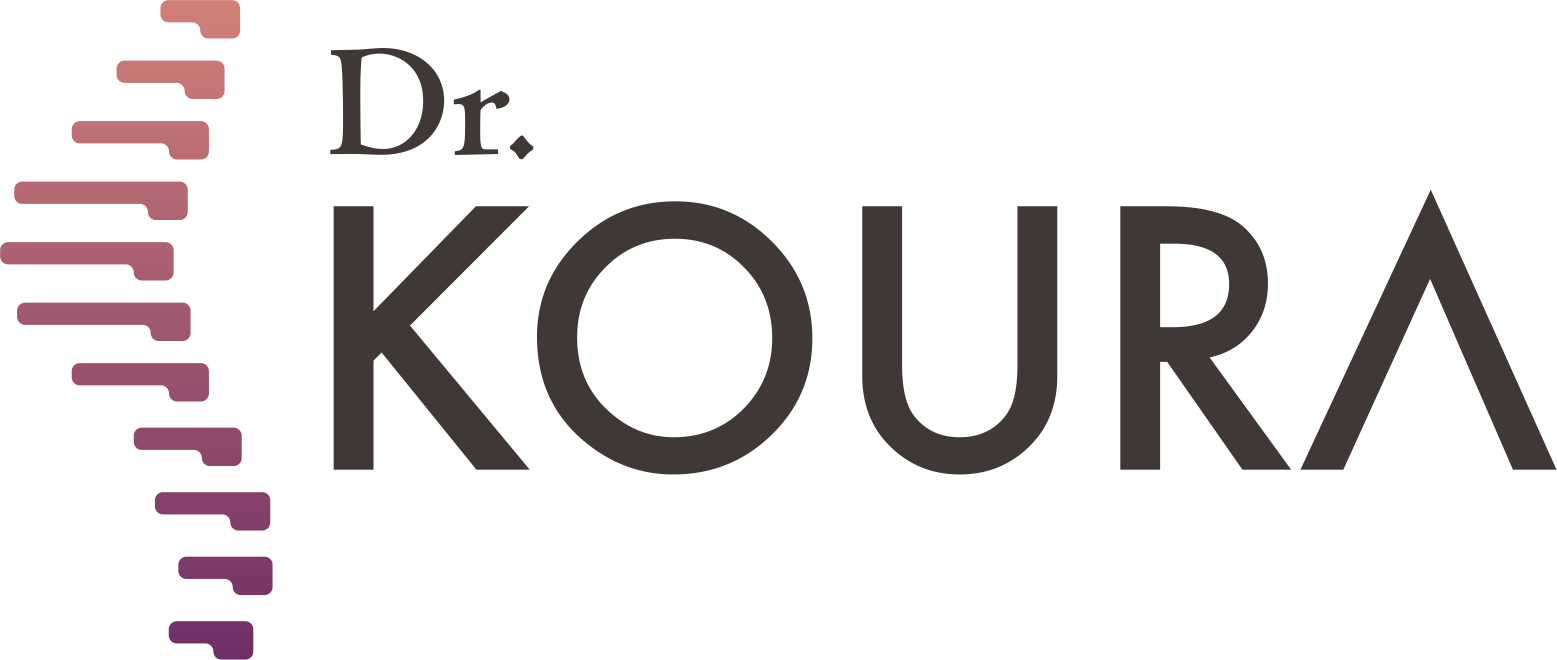

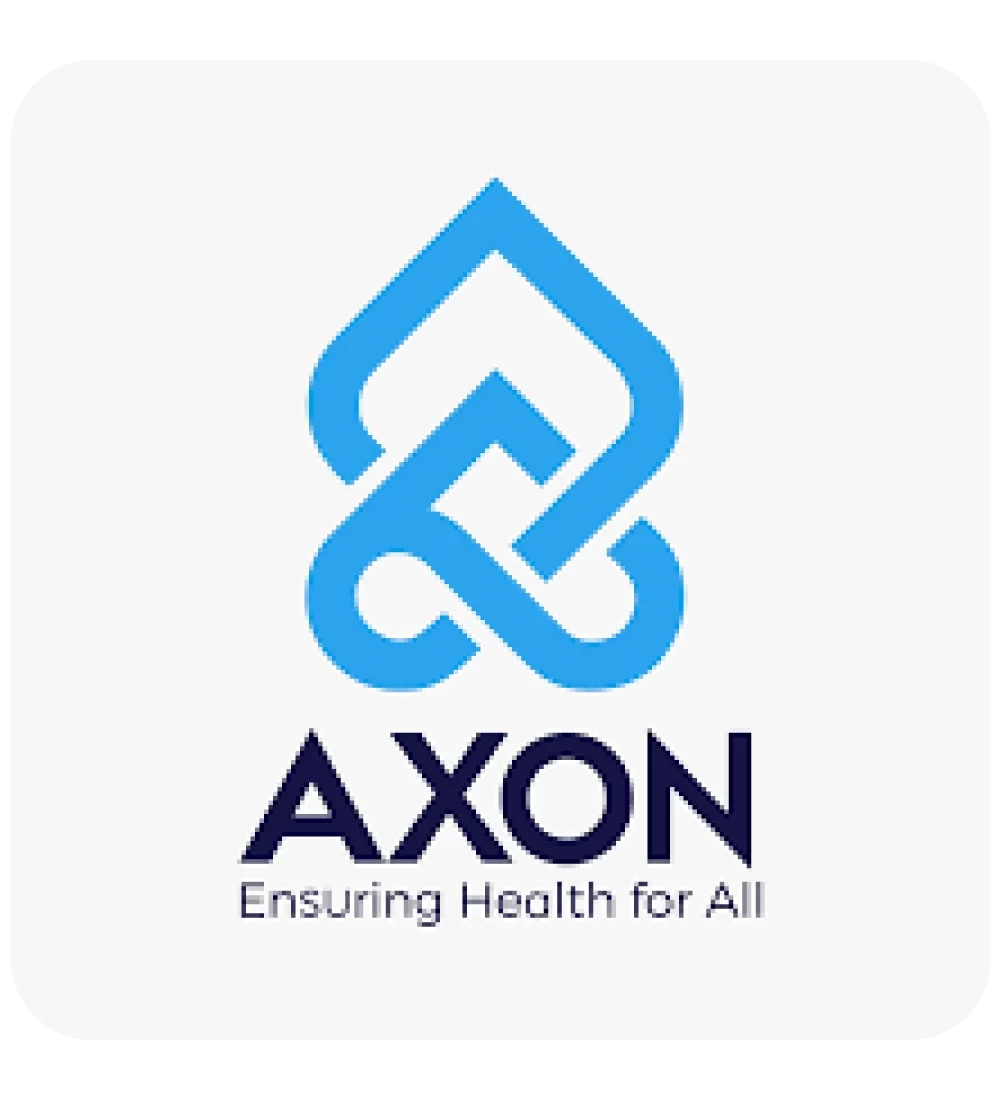



-webp.webp)




-webp.webp)


